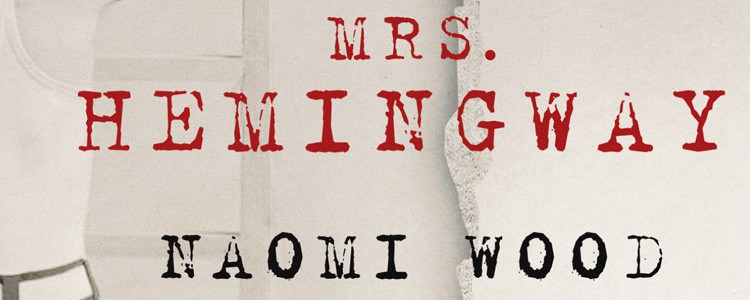Hannah Kent, “Burial Rites”
 ‘Actions lie,’ Agnes retorted quickly. ‘Sometimes people never stood a chance in the beginning, or they might have made a mistake….’ ( p.107 Burial Rites )
‘Actions lie,’ Agnes retorted quickly. ‘Sometimes people never stood a chance in the beginning, or they might have made a mistake….’ ( p.107 Burial Rites )
Burial Rites is Australian Hannah Kent’s debut novel. It is historical fiction about Icelander Agnes Magnusdottir who was condemned to death in 1829 for having killed her lover. The novel opens with the announcement of shifting the convict from prison to the farm of district officer Jon Jonsson, his wife, Margret and their two daughters. The story is very clearly divided into two sections — the first half consists of Agnes talking to the Assistant Reverend Thorvardur Jonsson about her childhood, her life, staying on different farms till she met her master and lover, Natan; the second half is of her long conversation with Margret. The conversation with the priest happens in fits and starts, before they become sufficiently comfortable for the priest to be a patient listener, like a confessional. When he falls sick and is unable to come regularly to meet the prisoner, inadvertently Margaret who absolutely detests the idea of having the murderess under her roof, has a long conversation one night. Woman-to-woman, heart-to-heart talk. One week later Agnes is hanged. The last death sentence in Iceland till date.
In an article published on 4 June 2013 in the Guardian, Hannah Kent writes of the “loneliness of being a long-distance writer”. ( http://www.theguardian.com/books/australia-culture-blog/2013/jun/04/burial-rites-writer-hannah-kent) . She wrote this novel as part of the creative component of her PhD. She had a idea what to write about but not sure how to go about it. She first “first heard the story of Agnes Magnúsdóttir when I was an exchange student in the north of Iceland. It was 2002, I was 17 years old, and I had left Adelaide for Sauðárkrókur an isolated fishing village, where I would live for 12 months. This small town lies snug in the side of a fjord: a clutch of little buildings facing an iron-grey sea, the mountains looming behind.” ( A longer version of this article is in the literary journal, “Kill your darlings” of which Kent is an editor. http://www.killyourdarlingsjournal.com/?post_type=article&p=9217 )
The story is based on true facts but the manner in which it is told leaves the readers wondering whether the the death sentence carried out was correct or not. Another powerful novel that concluded with the hanging of a woman prisoner is Thomas Hardy’s Tess of the d’Urbervilles ( published in 1891). Burial Rites is written sparingly, without too many details and layers, and if first fiction with a new voice. There is the lightness of touch in the writing, where the research is obviously deep so as to create a landscape that is as authentic as can be to nineteenth century Iceland.
The manuscript was bought in summer 2012. According to Publisher’s Weekly, of 12 July 2012 ( http://www.publishersweekly.com/pw/by-topic/international/international-deals/article/52967-little-brown-pays-seven-figures-for-debut-novel-by-aussie-author.html) Judy Clain, editor-in-chief at Little, Brown, paid seven figures for North American rights to the novel, in a two-book deal. Dan Lazar at Writers House brokered the deal with Clain on behalf of Pippa Mason, the author’s Australian agent at Curtis Brown. Picador bought the book in Australia, and rights have also been sold in France, Italy, Brazil and The Netherlands. By June 2013, translation rights had been sold in 15 countries. Kent’s manuscript won, in 2011, the first Writing Australia Unpublished Manuscript Award. Upon publication the novel has sold tremendously well in Australia and UK. Hopefully its presence on the longlist of the Bailey’s Women’s Prize for Fiction 2014 announced earlier this month. ( http://www.womensprizeforfiction.co.uk/2014/baileys-womens-prize-for-fiction-announce-their-2014-longlist ) It is a novel that deserves to be recognised, for the style of writing, for the detail and maturity that Hannah Kent shows in her story. She is now working on her second novel, set in Ireland. Her website is: http://hannahkentauthor.com
Hannah Kent Burial Rites Picador, Pan Macmillan, Australia, 2013. Hb. pp. 340. £12.99







